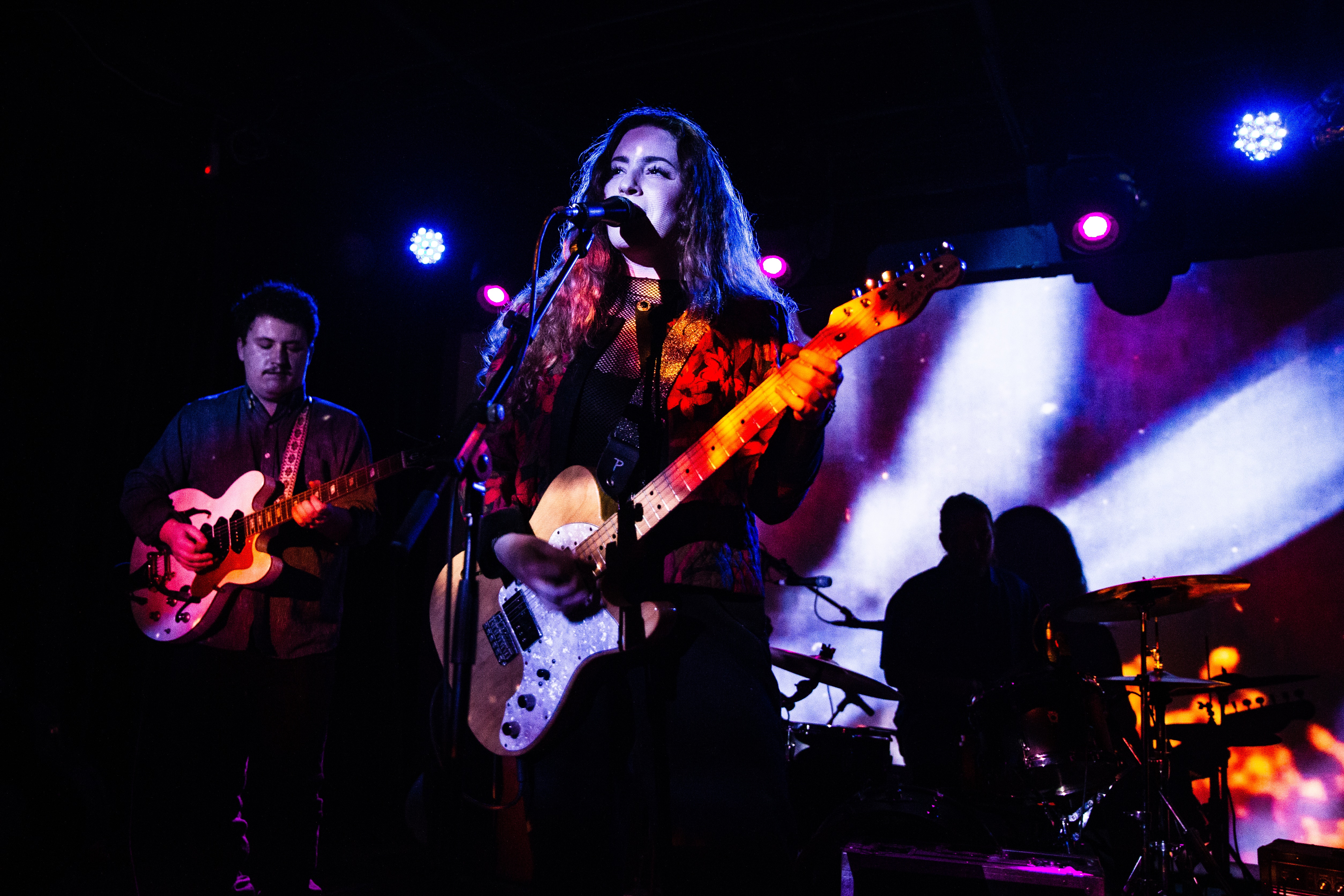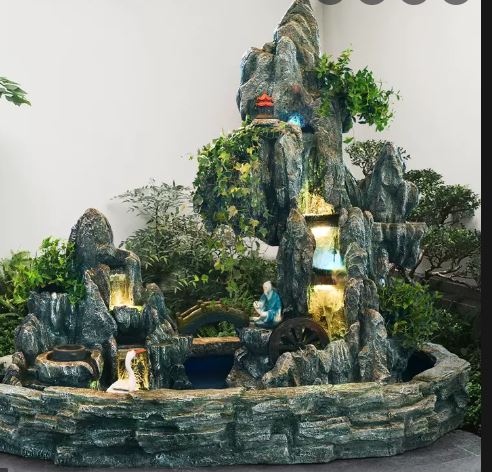Contact Me: howtopbestinfo@gmail.com
Contact Me: howtopbestinfo@gmail.com

Moving-stage lights are an essential part of any live performance, providing the illumination needed to light up a stage and create dramatic lighting effects. Moving-stage lights use automated patterns or cues from either manual control panels or computer software programs that can be programmed with specific movement directions for each fixture.
These fixtures then move in synchronized motion across the stage while creating various intensity levels of brightness at different angles, allowing technicians to highlight certain areas on the set as desired by designers.
The primary benefit associated with moving lights is their ability to shape and manipulate light into complex designs due its automation capabilities; design elements such as color temperatures, beam shapes and size can all be adjusted according to what’s required during production rehearsals without having crew members physically adjust them manually before every show starts – this saves time which could otherwise have been spent carrying out tedious work behind curtains!
Additionally they also offer greater flexibility when it comes down setting moods through effective utilization of colors since these fixtures come equipped with modern LED bulbs offering infinite amounts hues compared traditional incandescent ones used previously - making sure your audience experiences something unique no matter where you perform!
Furthermore energy efficiency has become integral aspect within entertainment industry recently given rise awareness environmental issues.
The history of moving stage lights dates back to the late 19th century. During this time, theatrical lighting was mainly focused on fixed light sources that were used for basic illumination and atmosphere-creating effects.
The development of electric arc lamps in 1875 allowed these light sources to be moved across stages with ease - a technology which revolutionized theatre production forever.
Initially developed by British playwright Max Reinhardt, the earliest forms of moving or “follow” spotlights consisted simply of an adjustable mounting bracket connected directly to an electric lamp – allowing operators greater control over their placement within any given space than ever before possible.
By 1912 American inventor Lee DeForest had invented a device known as "the Vitascope" (later named Variac), ushering in what is now referred to as automated lighting systems; combining variable dimmers along with special lenses and colored filters – making it easier than ever for designers create dynamic visuals using only one fixture at once!
As more technological advancements have been made throughout its evolution since then, modern day follow spots are capable not just adjusting their focus but also color temperature & speed settings too—allowing technicians even further creative freedom when designing them..
To sum up, a moving-stage-light is an excellent choice for anyone looking to add some extra life and energy into their live performances. Not only does it offer superior lighting effects that can be customized according to the needs of your event, but you also get great value for money when compared with other options on the market. Additionally, they are incredibly easy to use and setup so even if you're new or experienced in this field.


Etiam porta sem malesuada magna mollis euismod. Cras mattis consectetur purus sit amet fermentum. Aenean lacinia bibendum nulla sed consectetur.
2045-09-00 00:00:00.000000
2045-09-01 00:00:00.000000
2045-09-02 00:00:00.000000
2045-09-03 00:00:00.000000
2045-09-04 00:00:00.000000